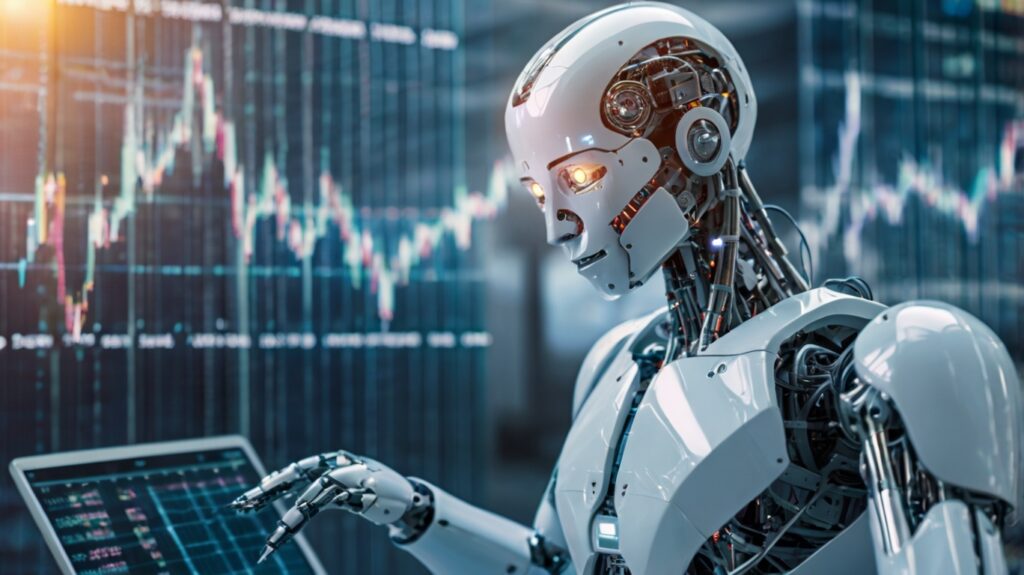AI-driven market analysis and forecasting

AI-driven market analysis and forecasting: How technology is revolutionizing the way we predict trends
In today’s fast-paced and ever-changing business landscape, staying ahead of the competition requires more than just intuition and experience. With the rise of artificial intelligence (AI) technology, companies now have access to powerful tools that can analyze vast amounts of data and predict market trends with unprecedented accuracy. AI-driven market analysis and forecasting are revolutionizing the way businesses make decisions, helping them to identify opportunities, mitigate risks, and optimize their strategies for success.
One of the key advantages of AI-driven market analysis is its ability to process and analyze large volumes of data in real-time. Traditional market analysis methods often rely on historical data and manual processes, which can be time-consuming and prone to human error. AI algorithms, on the other hand, can quickly sift through massive datasets from a variety of sources, including social media, news articles, financial reports, and more, to identify patterns and trends that may not be immediately apparent to human analysts.
By leveraging AI technology, companies can gain valuable insights into consumer behavior, market dynamics, and competitive landscapes, allowing them to make more informed decisions and stay ahead of the curve. For example, AI-powered tools can analyze customer sentiment on social media platforms to gauge public opinion about a particular product or service, helping companies to tailor their marketing strategies accordingly. Similarly, AI algorithms can track changes in market conditions and predict future trends, enabling businesses to adjust their pricing, inventory, and marketing strategies in real-time.
Another key benefit of AI-driven market analysis is its ability to forecast future trends with a high degree of accuracy. By analyzing historical data and identifying patterns, AI algorithms can predict market trends and potential outcomes with a level of precision that is simply not possible with traditional methods. This can be particularly valuable for businesses operating in highly competitive industries, where even small fluctuations in market conditions can have a significant impact on profitability.
For example, AI-driven forecasting tools can help retailers predict consumer demand for specific products, allowing them to optimize their inventory levels and pricing strategies to maximize sales. Similarly, financial institutions can use AI algorithms to predict changes in interest rates, stock prices, and other key indicators, helping them to make more informed investment decisions and mitigate risks.
In addition to improving decision-making and forecasting capabilities, AI-driven market analysis can also help businesses to identify new opportunities for growth and innovation. By analyzing market trends and consumer behavior, companies can uncover unmet needs and emerging trends that may present lucrative opportunities for expansion. For example, AI algorithms can analyze customer data to identify patterns and preferences, helping companies to develop new products and services that are tailored to their target audience.
Overall, AI-driven market analysis and forecasting are revolutionizing the way businesses operate, enabling them to make more informed decisions, predict trends with greater accuracy, and identify new opportunities for growth. By leveraging the power of AI technology, companies can gain a competitive edge in today’s fast-paced business environment and position themselves for long-term success. As AI continues to evolve and improve, its impact on market analysis and forecasting will only continue to grow, making it an essential tool for businesses looking to thrive in the digital age.